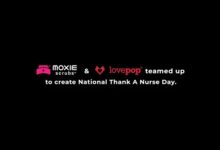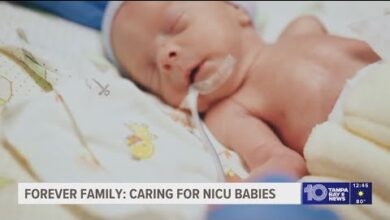Army reserve nursing, and its possible benefits, made the front page in 1924

Nursing Times in April 1924 was concerned with matters of a military kind. The front page of the 5 April edition that year focused on the new Territorial Army Nursing Service (TANS).
Although created several years earlier, the structure and organisation of TANS was only announced as formally completed in April 1924, noted Nursing Times.
TANS was a volunteer reserve of nurses, who had civilian jobs during peacetime but could be mobilised during war to help run military healthcare facilities. The reserve had been formed to replace its predecessor, the Territorial Force Nursing Service, whose 8,000 or so members had staffed 24 territorial hospitals during the First World War, as well as serving abroad.
Nursing Times highlighted that the “object” of TANS was to “maintain an establishment of members of all ranks willing to serve at home or overseas, as required”. It went on to explain the national structure of the service during peacetime, set out the requirements for those thinking of applying and noted that members were likely to be periodically called up for training.
Our article said: “The establishment comprises a matron-in-chief, 23 principal matrons located in London, Edinburgh, Glasgow, Manchester, Liverpool, Leeds, Birmingham, Cardiff, and other centres; matrons, assistant matrons, sisters, and staff nurses. Candidates for appointment must be unmarried, be between 23 and 35 years of age, and possess a certificate of at least three years’ training in a civil general hospital of not less than 100 beds or a Poor Law infirmary officially recognised as a nurses’ training school.”
The latter referred to workhouse infirmaries, where free nursing care was provided for sick workhouse residents – often older people. Workhouses were institutions where those unable to support themselves financially were offered accommodation and employment. They were formally abolished in 1930.
TANS existed until 1949, when both regular and reserve nurses joined the Queen Alexandra’s Royal Army Nursing Corps. Territorial Army nurses served alongside Queen Alexandra’s Imperial Military Nursing Service nurses all over the world and in all campaigns during the Second World War.
Separately, Nursing Times also gave an update on available free accommodation for which TANS nurses could apply – namely, two furnished cottages in Rickmansworth. “An applicant must have sufficient means to live upon and to keep her cottage and garden in good order”, it reported but, other than that, there were “few rules and restrictions” and a mother, sister or friend could live there too.
Rickmansworth was described as a “delightful little country town only 40 minutes from London”. The Hertfordshire town was going through a period of dramatic expansion at the time due to the arrival of the Metropolitan Railway, later incorporated into the London Underground as the Metropolitan line.
Elsewhere, an article focused on the nursing of patients with cerebrospinal meningitis, an infection of the protective fluid and membranes surrounding the brain and spinal cord. It noted that “good nursing and great patience” were key to the recovery of survivors, who had often been “very ill for a prolonged period”. An airbed was “essential”, said the article, while a cotton shirt, open at the back, was the “best wear”, and the patient should be “rolled or lifted on to a blanket, morning and evening… and thoroughly sponged all over with very hot water”.
The appointments section reported that Hilda May Kendall was resigning her post as matron of Nottingham General Hospital. However, the departure was tinged with romance, noted Nursing Times: “Although her staff are sorry to lose her, they are delighted to hear that she is to be married in July to Mr John S Birbeck, for some time assistant secretary at the general hospital.”
The advertisements were largely for products to improve staff wellbeing, as well as types of dressings and disinfectant, nurses’ fashion and uniforms, and baby milk. Among them, one advert called on nurses to “keep fatigue at bay” with the beef extract, Bovril. “Experienced nurses keep fit and fresh by taking Bovril during long spells of duty, or when engaged on difficult cases,” it stated.
Meanwhile, the world-famous department store Harrods claimed to be “foremost in the kingdom for nurses’ wear”. Its advert offered uniform dresses and well-cut uniform coat frocks. In terms of colour, the dresses were available in “butcher, amethyst, quaker grey and a variety of stripes” – what colour ‘butcher’ might be was left to the imagination.
Nursing Times Archive
With Nursing Times’ online archive of its print issues, subscribers can dip into the history of nursing at the touch of a button and discover how it has changed over the decades. Each issue’s stories, features and even advertisements give a fascinating insight into the profession and much more. Representing over 100 years of nursing history, the Nursing Times Archive starts with the very first issue of the magazine, which was published on 6 May 1905. This great resource can be accessed directly from our website.
To start exploring, visit: nursingtimes.net/digital-archive







